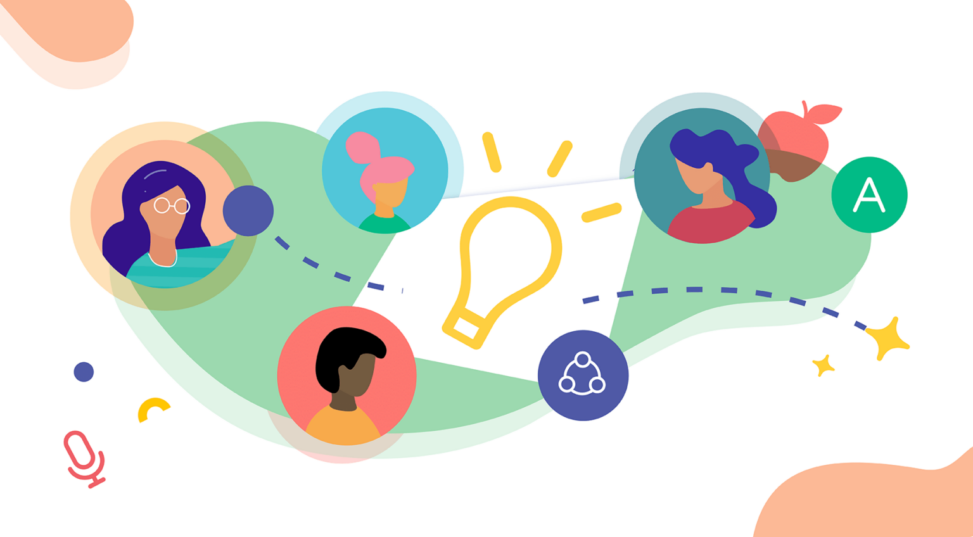A Little About Me
| Name | Yifan Sun |
| Program of Study | Psychology |
| Year | Should have graduated but had some missing credits |
| Experience | I’ve already completed my Master’s in Mental Health, with a focus on Children and Youths in the educational setting. I believe I can take my learnings to this course and enrich it from a unique perspective of psychological development and well-being for learners. |
Distributed Education

Distributed learning, simply put, is when all of the following components of learning are in different locations but connected through technology:
- Educational resources (textbooks, reading, videos, etc.)
- Instructors
- Learners
- Support (like accommodation, etc.)
It is different from traditional education because it allows for more flexibility and accessibility. For example, learners from China can take a course that is based in the United States through Zoom. They can also complete assignments in their own time zone without having to do them in a face-to-face setting.
Open Education
Open education is all about making educational resources free for all.
This can be extremely exciting for learners who want to gain knowledge without paying a high tuition fee or enrolling in a school.
This method often breaks down the barriers of:
- Cost
- Location
- Time
By embracing principles such as Open Educational Resources (OER) and open-source platforms, open education fosters a more equitable learning environment. For example, students in underfunded schools can benefit from freely available textbooks and interactive learning tools.
Modes of Learning
The following image summarizes the three modes of learning:

Brick & Mortar is also referred to as face-to-face learning, which often involves the physical classroom where learning happens with instructors and learners present in the same space.
Online learning is more flexible and accessible with tools like MOOCs (Massive Open Online Courses).
Blended learning is a mix of both, using in-person sessions for discussions and online platforms for educational content or independent learning.
Personally, I prefer blended learning, as it provides the best of both worlds. The face-to-face component supports deeper discussions and relationship building, while the online aspect allows for self-paced study and access to resources anytime. This flexibility often enhances engagement by enabling active participation in multiple formats, which will support a well-rounded educational experience.
Digital Literacy
Digital literacy is the ability to effectively and ethically use digital tools and technologies for information retrieval, communication, and problem-solving. In open and distributed learning environments, digital literacy is critical for accessing and interacting with learning materials, participating in discussions, and managing assignments.
For example, a lack of digital literacy can hinder a student’s ability to access course content on learning management systems or identify credible academic sources.
The following video provides the logic behind why we need to cultivate digital literacy. It is a teaser of a series of free online tutorials created by Adobe for Education to assist learners.
Digital Identity
Digital identity refers to the ways individuals present themselves and manage their presence in the digital world.
I manage my digital identity by:
- Maintaining separate personal and professional profiles
- Ensuring that public-facing content aligns with my educational and career goals
For instance, I curate my LinkedIn profile to highlight achievements and skills relevant to my professional life, while keeping personal social media accounts private. A well-managed digital identity enhances opportunities for networking, collaboration, and career advancement. For example, employers often research candidates online, and a strong digital presence can serve as a portfolio of skills and values, reinforcing credibility in both educational and professional contexts.
